Understanding Solar Energy Basics
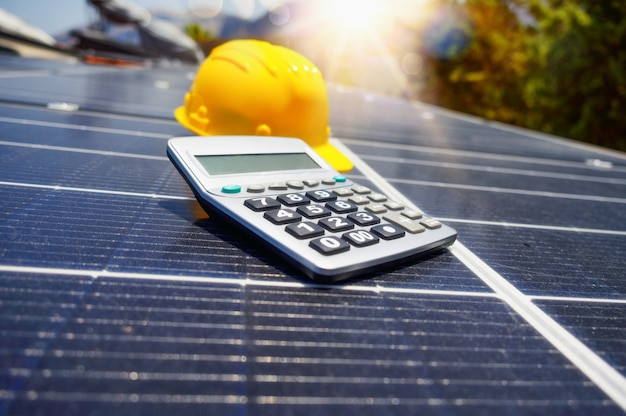
Before diving into building a solar-powered house, it's crucial to grasp the basics of solar energy. Solar power works by converting sunlight into electricity using photovoltaic (PV) panels. These panels can be installed on rooftops or in open spaces where they receive direct sunlight. The efficiency of these panels depends on their type, orientation, and the amount of sunlight they get. Additionally, understanding how solar power integrates with your home's electrical system and the grid is essential for planning your solar project. This knowledge will serve as the foundation for designing an efficient and effective solar-powered home.
Site Assessment and Solar Potential Analysis
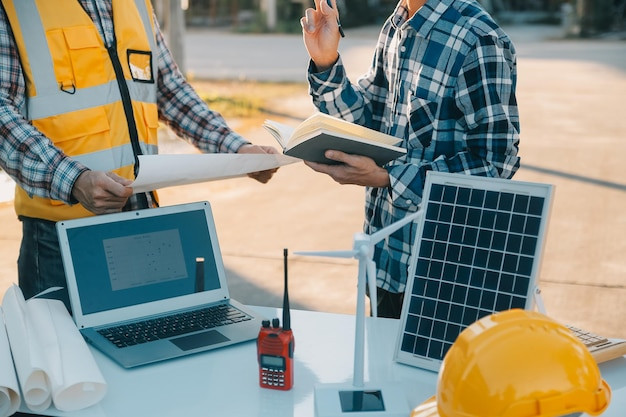
A thorough site assessment is critical for maximizing your home's solar potential. This involves analyzing factors such as geographic location, climate, and the orientation and angle of your roof. Professionals use tools like solar pathfinders to determine the best placement for solar panels, ensuring they capture maximum sunlight throughout the year. Additionally, assessing potential shading from trees, buildings, and other structures is vital to avoid significant power losses. Understanding your site's solar potential helps in designing a system that efficiently meets your energy needs.
Choosing the Right Solar Panels and Equipment
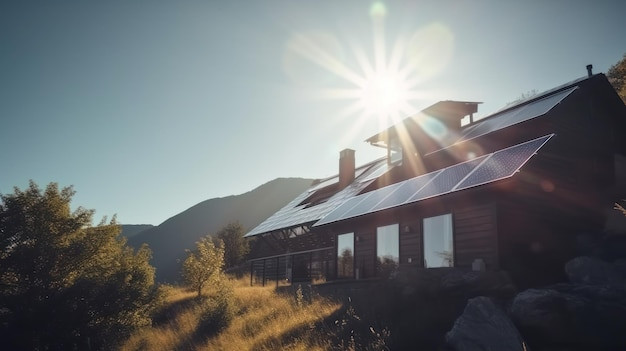
Selecting the appropriate solar panels and equipment is pivotal for the performance and longevity of your solar-powered house. There are various types of solar panels available, including monocrystalline, polycrystalline, and thin-film, each with its advantages and efficiency rates. In addition to panels, you'll need inverters to convert the DC electricity generated by the panels into AC electricity usable by your home. Battery storage systems can also be incorporated to store excess energy for use during nighttime or cloudy days. Researching and consulting with professionals can help you make informed decisions based on your energy requirements and budget.
Integrating Solar Power with Home Design
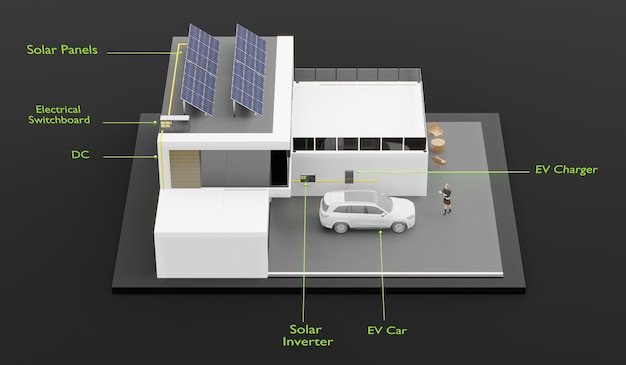
Integrating solar power into your home's design is not only about placing panels on the roof. It involves solar energy in every aspect of your home's architecture and landscaping to enhance efficiency and aesthetics. Passive solar design techniques, such as orienting the house to maximize sunlight exposure and using materials that absorb and slowly release solar heat, can really reduce heating and cooling demands. Large windows facing south (in the Northern Hemisphere) and shading devices like overhangs and pergolas can also contribute to energy savings. Thoughtful integration of solar technology ensures your home is comfortable, energy-efficient, and visually appealing.
Navigating Permits and Incentives
Securing the necessary permits and taking advantage of financial incentives are crucial steps in the solar installation process. Building codes, zoning laws, and solar access rights vary by location, so it's important to research and comply with local regulations. Additionally, many governments and utilities offer rebates, tax credits, and other incentives to encourage solar adoption. These can significantly reduce the upfront cost of your solar system. Engaging with local authorities and utility companies early in the planning process can streamline approvals and maximize your financial benefits.
Maintenance and Monitoring
After installing your solar power system, regular maintenance and monitoring are essential for performance and longevity. Solar panels require minimal maintenance, typically involving periodic cleaning to remove dust, leaves, and other debris that could block sunlight. Monitoring systems can track your energy production and consumption in real-time, allowing you to identify any issues promptly. Many systems come with mobile apps or web-based platforms for convenient monitoring. By keeping an eye on your system's health and making adjustments as needed, you can maximize your solar investment and enjoy sustainable energy for years to come.





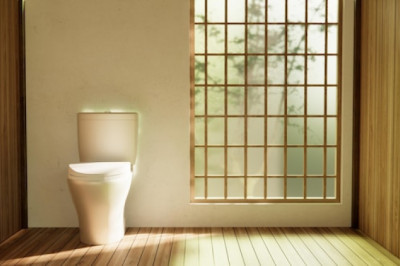





Comments
0 comment